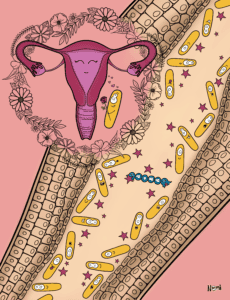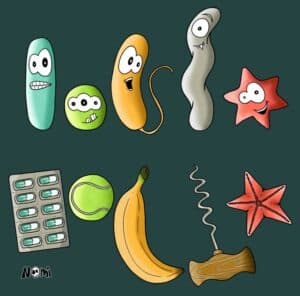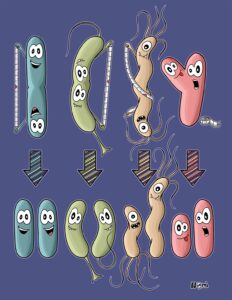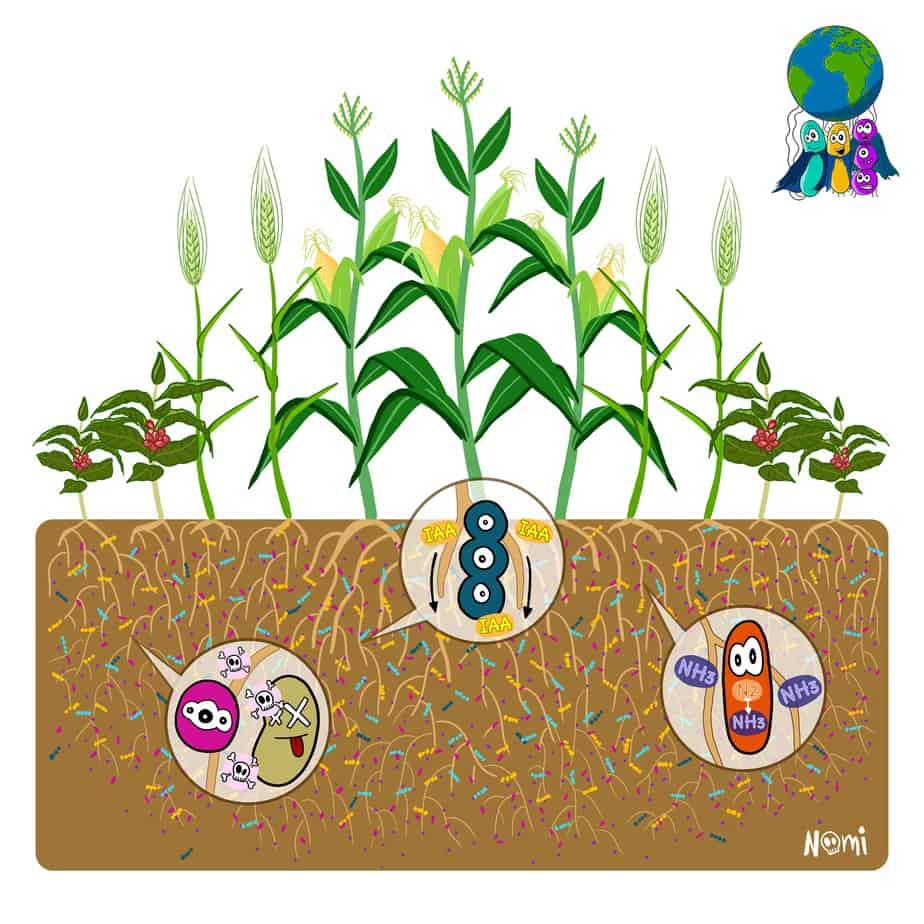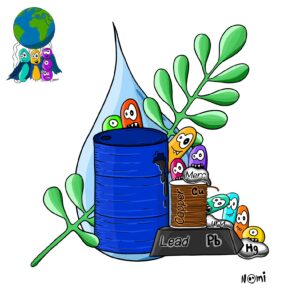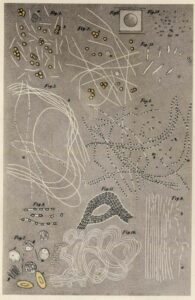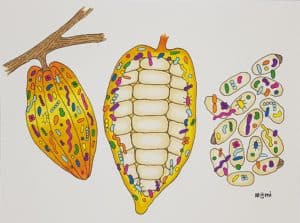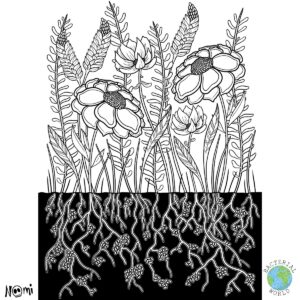
How bacteria help feed the world by fixing nitrogen
Like all organisms, plants need nitrogen to grow and produce crops. But since they cannot directly use nitrogen from the atmosphere, they rely on bacteria to fix the nitrogen for them. In exchange, plants provide them with sugars, energy and protection from their surroundings. Read on to learn more about the nitrogen-fixing superpower of bacteria and why it is crucial for our global food production.

 You can find
You can find 